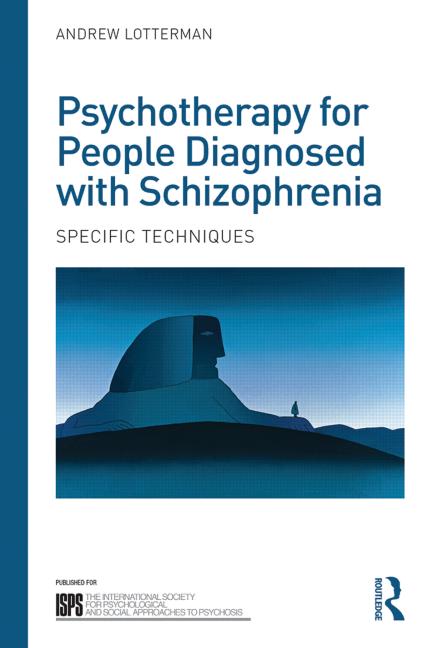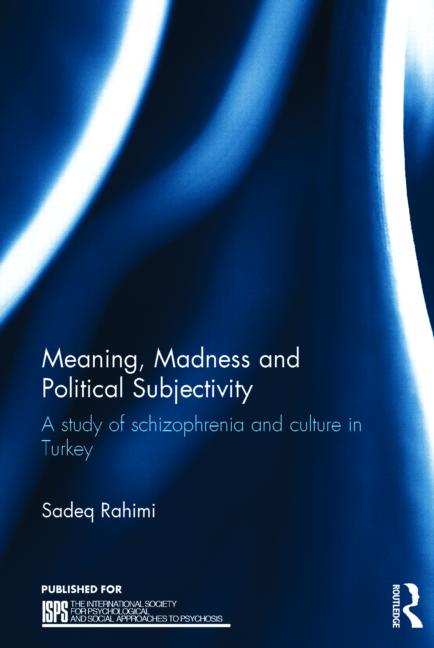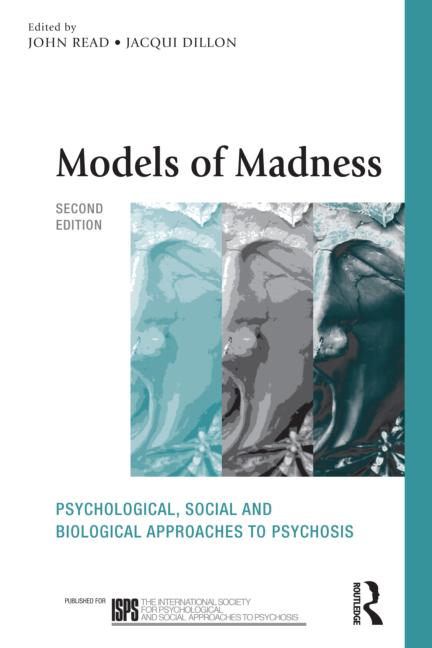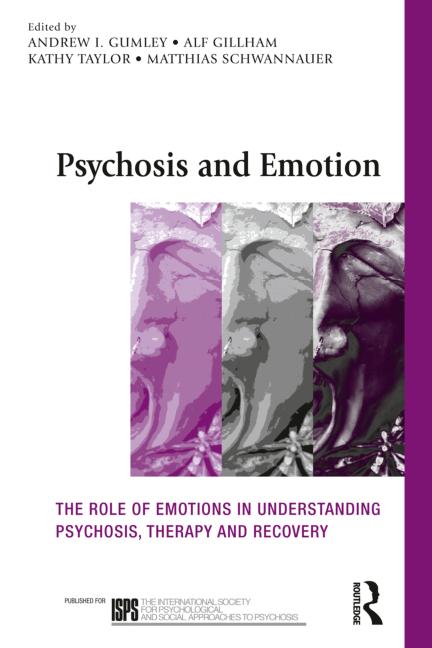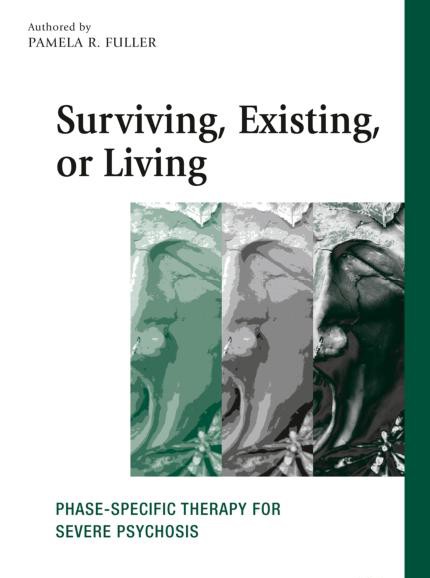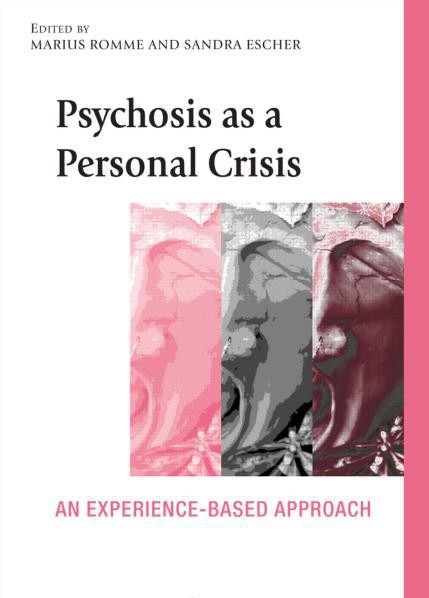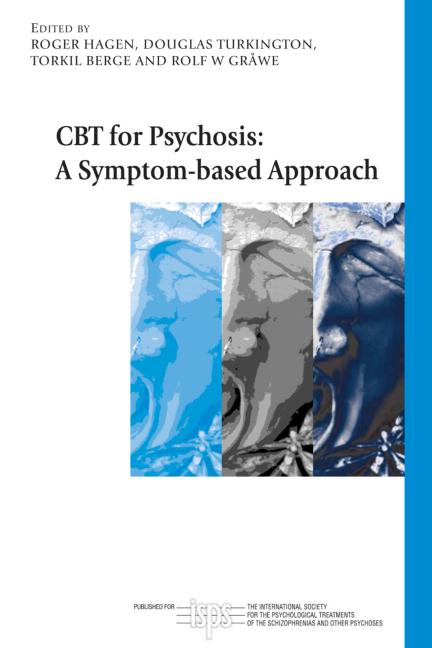Litteratur
Review of Psychoanalytic treatment of psychosis by Elyn Saks
Psychoanalytic treatment of psychosis by Elyn Saks in Psychotic Disorders: Comprehensive Conceptualization and Treatments edited by Carol A. Tamminga, Jim van Os, Ulrich Reininghaus & Elena Ivleva (2021) published by Oxford University Press.
Review by Brian Koehler, NYU
Elyn Saks, a person with lived experience and a Law Professor at the University of Southern California starts her article with Freud’s pessimistic view of psychoanalysis and psychosis. However, Freud was also open to the possibilities of such therapy,-as I noted in a paper: “In “An Autobiographical Study,” Freud (1925) noted: “since the analysts have never relaxed their efforts to come to an understanding of the psychosis…they have managed now in this phase and now in that, to get a glimpse beyond the wall.””
Saks notes that Kleinians treat people with psychosis “to good effect.” Personally, I find it of interest that some of the prominent ‘schools’ of psychoanalysis emerged from immersion experiences with persons experiencing distressing psychotic ‘symptoms,’ e.g., Kleinian and Interpersonal Psychoanalysis.
Saks reviews articles from 2016-2017 and she counted therapies denoted as “mentalization” therapies as psychoanalytic. I think some, such as the model of Fonagy & Bateman would be included as psychoanalytic, and some authors using that term (or “meta-cognitive”) might object to the inclusion (Paul Lysaker?). She also covers “integrative approaches that attempt to integrate CBTp, psychodynamic and existential approaches. A good recent examle of this would be Michael Garrett’s excellent book Psychotherapy for Psychosis: Integrating Cognitive Behavioral and Psychodynamic Treatment.
Some of the factors that may account for therapeutic action listed by Saks included: addressing the barriers to “self-directed recovery;” psychodynamic insight (e.g., fear triggering anger which can be projected onto others); the therapeutic relationship (accepting all of the ‘patient’) and interpersonal connection; constructing a personal narrative; facilitation of meta-cognitive processing of experience (mentalizing one’s own mental states and the minds of others, social cognition); relating to the “whole person;” reducing stigma and self-stigma, including stigmatizing beliefs in the analyst; reducing stress; facilitation of an “observing ego” (engaging prefrontal inhibition of amygdala-HPAA threat detection systems being over-activated?); having a safe place to express one’s feelings; having a place to “detoxify frightening thoughts” etc. Saks believes, from her experience, that both insight and relationship factors are important to therapeutic change. Saks also noted, besides symptom reduction: “Psychodynamic treatment can help people identify what quality of life is for them; and how best to achieve it.”
Saks noted that most people believe that “serious illnesses” involve a “biochemical dimension-a literal physical defect.” As pointed out by Alan Jasanoff, Director of Neurobiological Engineering at MIT, and myself in many articles-psychiatric symptoms are expressed through the brain (and genes) but not necessarily because of them. Adverse psychological, relational and social experiences (e.g., various kinds of traumas), and those of our ancestors, are biologically embedded (get under our skin) potentially altering gene expression (epigenetics), aging of cells (telomeres and telomerase), neural migration (prenatal stress), neural morphology and function, synaptogenesis and neurogenesis, neurotrophic factor expression (e.g., brain-derived neurotrophic factor, BDNF), hormonal expression (e.g., cortisol), immune function, as well as impact on the enteric nervous system (GI tract) and various other organ systems (e.g., cardiac, pulmonary, etc.). Recently, we pay more attention to the genetics and epigenetics of resilience, psychological and social factors in resilience and post-traumatic growth, etc.
Saks does point out that psychotherapy can alter “brain states” for the better-as did Nobel Laureate psychiatrist Eric Kandel years before.
Saks noted that persons experiencing psychosis, regardless if they have a biological diathesis in a reductionistic sense, may need psychotherapeutic help in regard to conflictual issues involving work and relationships (as pointed out by Freud:-work and love).
Saks speaks of her own personal experience in forming strong transference reactions, e.g., fearing her analyst wanted to kill her, or later that her analyst just did not like her, to analysts of various theoretical perspectives: classical, Kleinian, eclectic and “mentalization”-based. She has been in “intensive psychoanalytic psychotherapy” for 38 years and she wishes to avoid “decompensation” so she is a “lifer.” I am sure this is a very complex issue involving various points of view, but it is her choice to remain in therapy.
Saks calls for controlled research studies to examine therapeutic efficacy. She also points out that other more recent psychotherapeutic approaches have borrowed from the long tradition and experience of psychodynamic therapy, e.g., CBT’s emphasis on automatic thoughts (e.g., unconscious, implicit predictions of how the relationship will unfold if one expresses one’s assertiveness, separateness/autonomy or anger).
Lastly, Saks asserts that “…it has lately been recognized that a combination of therapy and medications is the treatment of choice for schizophrenia.” First, I do hope the term “schizophrenia” will be dropped and replaced by more acceptable, less stigmatizing terms along with education of the public and clinicians. I do not think persons should be shamed for using medications-a flexible, need-adaptive approach is called for , one which can also include long-term use of lowest therapeutic dose of antipsychotics as well as the gradual (hyperbolic) tapering off of antipsychotics (ideally there needs to be a supportive context-peer, family, clinician)-one size does not fit all. There is research supporting the latter (as well as not using them in the first place-perhaps using benzodiazepines to help sleep and reduce over-activation of neural threat detection systems). Shared decision making and in-depth informed consent are important aspects not to be neglected or minimized.
I deeply thank Elyn Saks for sharing her personal experiences and thoughts on psychodynamic therapies for distressing experiences which we still call “psychotic”-replacing that term is the subject for another discussion (e.g., with something related to non-consensually validated subjectively meaningful experiences-positive and/or distressing?).
Brian Koehler
New York University
Psychoanalysis and Psychosis- Bibliography 4.26.22
ISPS bogserie
Læs mere her
Se liste over de bøger, som er udgivet i ISPS-bogserien
2011
2011
OBS -ISPS members receive a 20% discount when ordering through Routledge (contact isps@isps.org for the discount code). – See more at: http://www.isps.org/index.php/publications/book-series#sthash.vxqgbThE.dpuf
Forlaget Routhledge har fra 2009 samarbejdet med ISPS om at udgive tidsskrift: “Psychosis”.
Klik her og se detaljer
.

